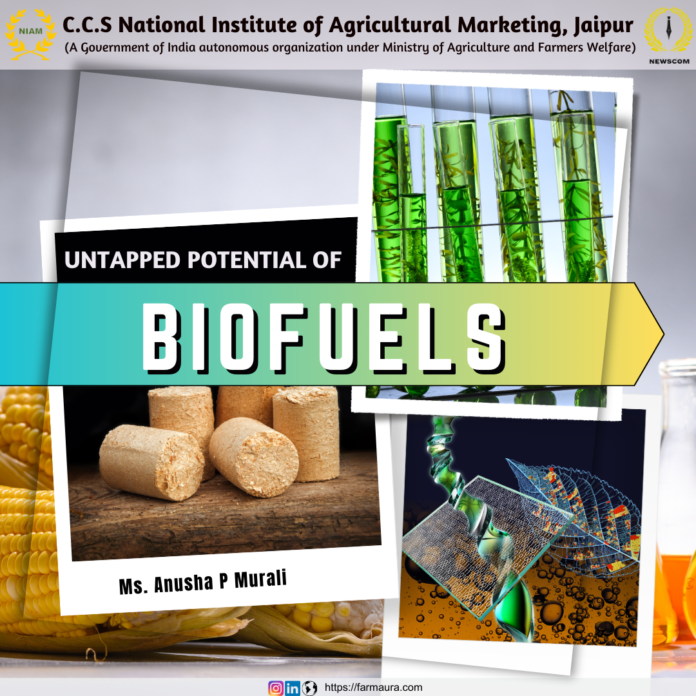India is the world’s third-largest energy-consuming country. Energy usage has doubled since 2000, with 80% of demand still being met by coal, oil and solid biomass. On a per capita basis, India’s energy consumption and GHG emissions are less than half the world average. As per World Energy Outlook 2021 of IEA, the current share of India in global primary energy consumption is 6.1% and is likely to increase to about 9.8% under stated policies scenario by 2050.
According to Energy Statistics India 2022:

The consumption of energy in petajoules from Coal and Lignite was highest accounting for about 46.84% of the total consumption during 2020-21 followed by Crude Oil (30.78%) and Electricity (14.64%). Main emissions from coal-fired and lignite-based thermal power plants are CO2, nitric oxide (NO), sulphur dioxide (SO2), and air-borne inorganic particles such as fly ash, carbonaceous material (soot), suspended particulate matter (SPM), and other trace gas species. India’s Total Emissions from the Energy Sector have increased from 16,51,928 GgCO2 in 2011 to 21,29,428 GgCO2 in 2016 as per the latest estimates by MoEFCC in February 2021. Stubble burning is considered one of the major causes of GHG emissions into the environment. For reduction in stubble burning and to minimizing the carbon footprint of Thermal Power Plants while increasing the income of farmers, the Government of India has initiated SAMARTH (Sustainable Agrarian Mission on Use of Agro Residue in Thermal Power Plants) i.e., National Mission on Use of Biomass in Thermal Power Plants. Ministry of Power’s policy on “Biomass Utilization for Power Generation through Co-firing in Coal-based Power Plants” issued in October 2021 mandates all thermal power plants in the country to use 5 to 10% biomass along with coal for power production.
As per the Indian Ministry, till July 2022, around 80,525 MT of biomass had been co-fired in 35 thermal plants with a cumulative capacity of 55,335 MW. From 2020 to 2022 the number of thermal power plants co-firing briquettes has increased seven-fold. As biomass briquettes production is projected to increase in coming years it will also have a favourable impact on the electricity generation. So, India needs to move towards a way to increase briquette production to serve future electricity needs. The calculated total available biomass potential at all India levels was derived to around 754.50 million tonnes. Out of this total biomass production, a specific portion of the biomass is used for domestic uses such as domestic uses, feed for cattle and manure etc., 2/3rd portion of the biomass produced, i.e., 525.98 million tonnes, is utilised for domestic uses and for consumption. The remaining 1/3rd has resulted in surplus biomass, i.e., 228.52 million tonnes. The share of India’s biomass power potential is contributed by Punjab (10.6%), Uttar Pradesh (9.8%), and Gujarat (9.3%) followed by Maharashtra (9.2%) and Madhya Pradesh (8.8%).

Most of the crop waste is used for domestic purposes and the remaining are burned to nature which results in environmental pollution. These crop waste can be Utilised in biomass for the production of biofuels, which can reduce greenhouse gas emissions and manage the crop waste efficiently. India is an agrarian country with huge untapped potential for using agricultural waste as biomass for producing biofuels which can replace conventional fuels such as coal and petroleum.

Conclusion:
India is the third biggest energy consumer and fastest-growing economy in the World with increasing demand for energy. But India grappled in largely meeting energy demands with coal and petroleum oils which are escalating greenhouse gases. To address such environmental and Agri-waste management issues govt has launched programmes like SAMARTH and the National Mission on Biofuels for the co-firing of biomass in thermal power plants and reducing stubble burning. There is vast untapped potential for biomass energy which can be turned into biofuels, that help India reduce its GHG emissions and manage its agricultural waste effectively with sustainable alternatives.


